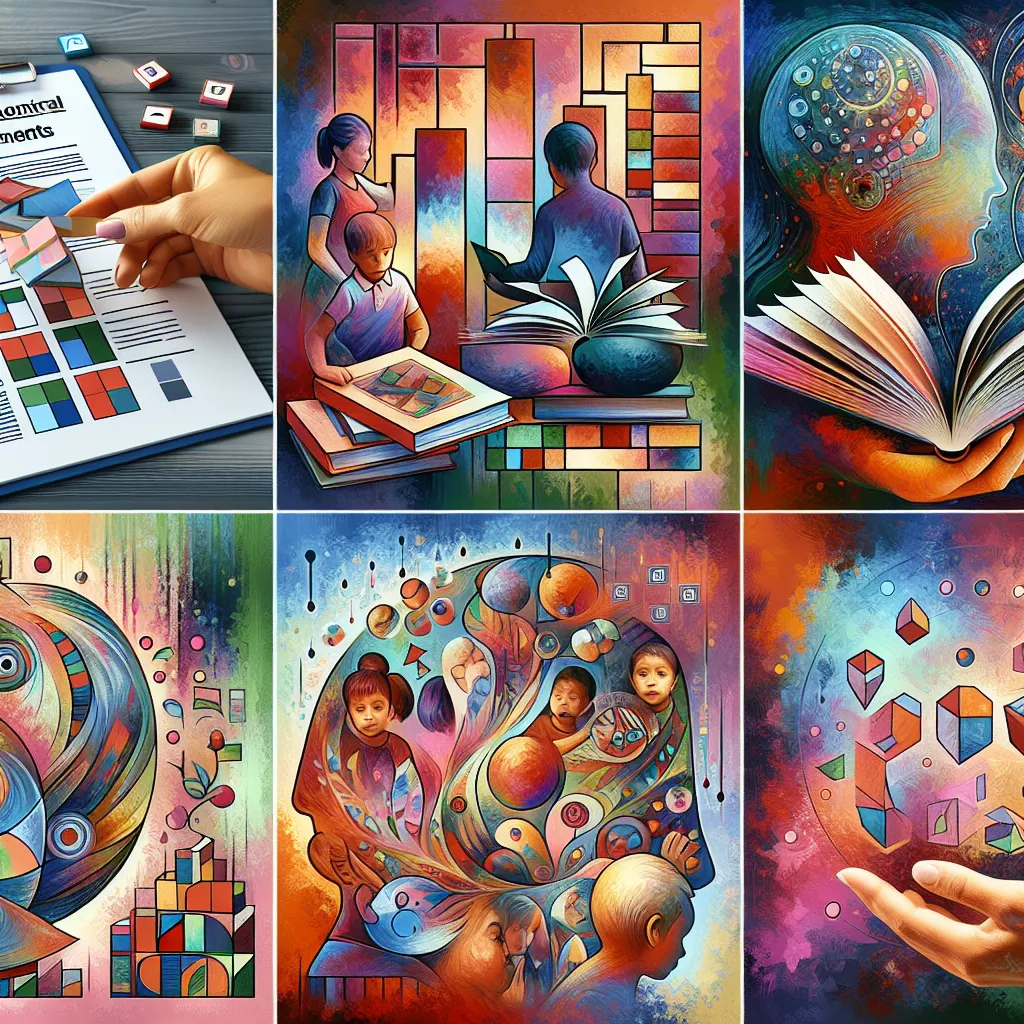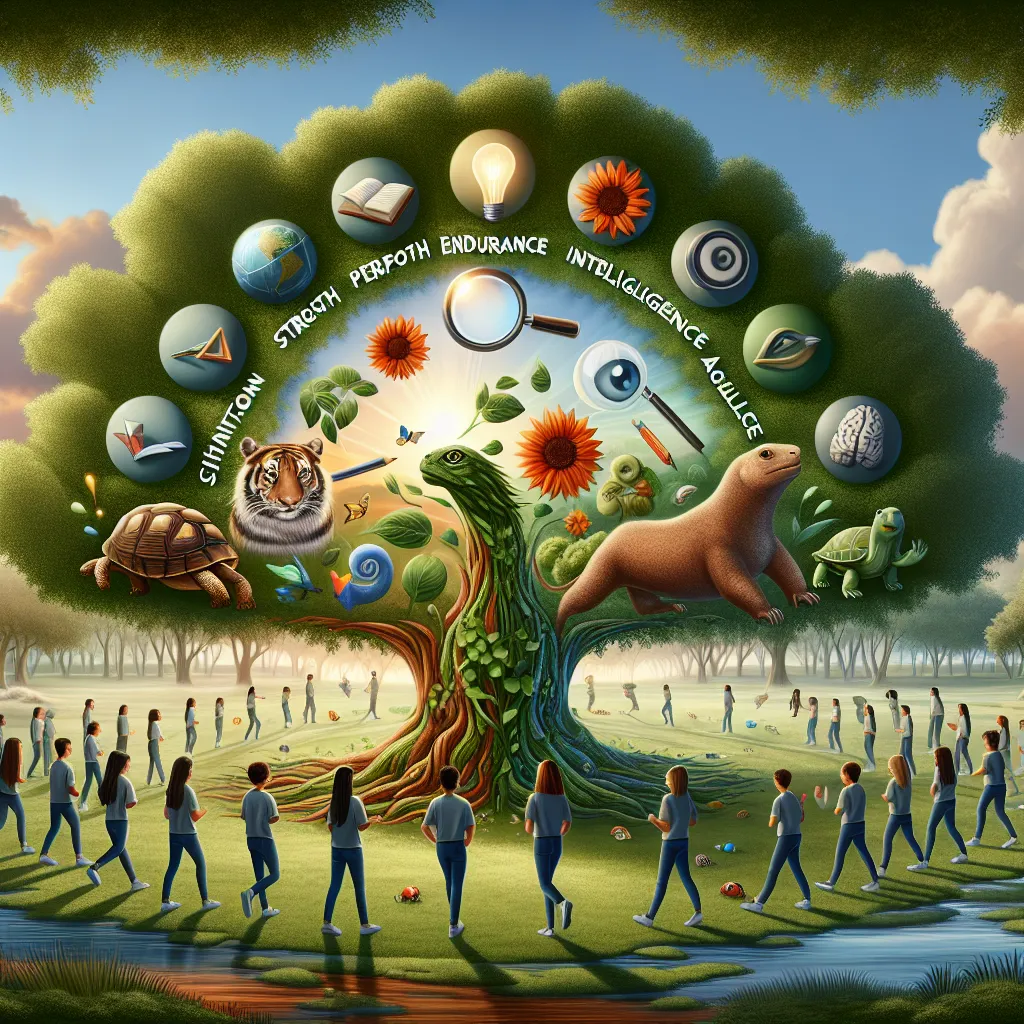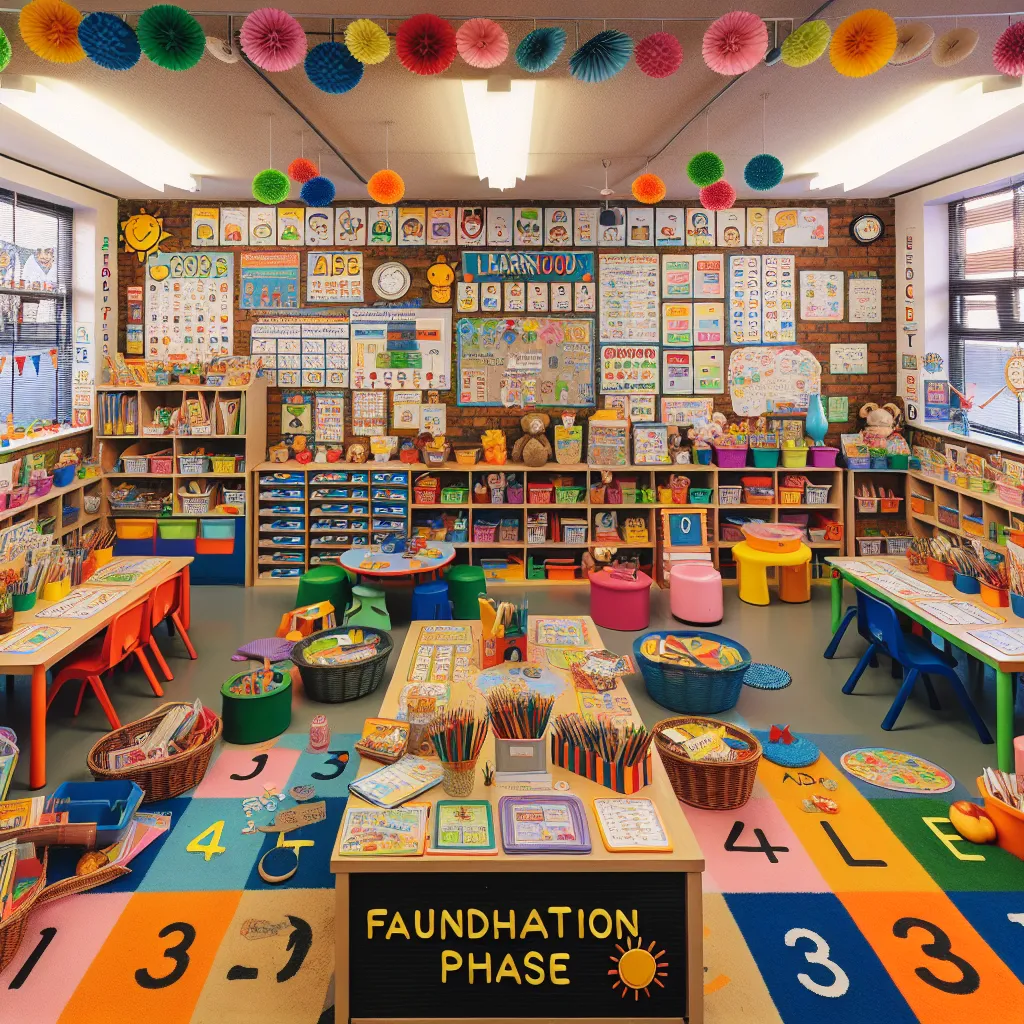Ask AI on The Internet
Question: 4.2 Read the following statement carefully and then answer the question that follows. “Many sources have suggested that creative teachers can have an impact on the improvement of students’ academic achievement” (Mulyono, 2016: 297). 4.2.1 Do you think Carol’s Reading Pillars of Creativity can be used in the foundation phase? Give two reasons for your answer. (5) 42.2. Critically analyse the seven Carol’s Reading pillars of creativity. a) Self-esteem (5) b) Creative reflection (5) c) Creative questions (5) d) Creative opportunity (5) e) Creative model (5) f) Creative connection (5) g) Creative problem-solving (5)
4.2.1 Yes, Carol's Reading Pillars of Creativity can be used in the foundation phase. Reason 1: The foundation phase of education is crucial as it lays the groundwork for learning. Research suggests that creativity aids in the development of problem-solving skills, and considering Carol's Reading Pillars of Creativity are designed to foster and enhance creativity, they may be incredibly beneficial during this academic phase. Reason 2: The pillars cover essential components of learning, such as self-esteem, creative thinking, and problem-solving. Introducing these pillars at the foundation phase may help students develop a holistic understanding of these concepts and their relevance, building a solid base for future learning. 4.2.2 a) Self-esteem: This pillar is crucial in fostering a child's self-confidence and belief in their abilities. A student with high self-esteem is likely to take on challenges, persist in the face of difficulty, and achieve academic success. b) Creative reflection: This fosters a habit of introspective thinking, allowing students to learn from their experiences. It promotes active learning, where students do not simply absorb information, but engage with it, question it, and remember it more effectively. c) Creative questions: This pillar encourages curiosity and a proactive approach to learning. A creative question can spur innovative thinking and lead to new insights and understandings. d) Creative opportunity: This involves providing a favorable environment where students can unleash their creativity without fear of criticism. It inspires students to express their ideas freely and promotes out-of-the-box thinking. e) Creative model: Here, the teacher plays a role in demonstrating creativity, reinforcing creative behaviors and attitudes. By modeling creative thinking and problem-solving, teachers can inspire students to adopt similar approaches. f) Creative connection: This encourages students to see connections between different ideas, subjects, and real-life scenarios. This interlinking will not only enhance their understanding but will also foster creativity as they'll be able to apply learned techniques to new situations. g) Creative problem-solving: This pillar helps students tackle problems with an open mind and innovative thinking. In the long run, it develops independence, critical thinking, and the ability to navigate challenges in various situations, making it a vital aspect of life-learning.
A new large language model has been made available since this question was asked.
To generate an updated answer from the new model, click the button below.
Think your answer is better than the AI's? Post it below.
Other Most Relevant Posts:
 Enhancing Academic Achievement Through Creative Teaching: Exploring Carol's Reading Pillars of Creativity in the Foundation Phase
Enhancing Academic Achievement Through Creative Teaching: Exploring Carol's Reading Pillars of Creativity in the Foundation Phase
 Exploring Pedagogy: An Academic Assessment on Teaching Strategies and Multimodal Communication in Education
Exploring Pedagogy: An Academic Assessment on Teaching Strategies and Multimodal Communication in Education
 1.1 Two Literacy Skills Acquired (4)
1.2 Role Comparison of Teacher and Learners (10)
1.3 Language Teaching Theory (5)
1.4 Evaluation of Fun Component (3)
1.5 Assessment Technique Evaluation (3)
1.1 Two Literacy Skills Acquired (4)
1.2 Role Comparison of Teacher and Learners (10)
1.3 Language Teaching Theory (5)
1.4 Evaluation of Fun Component (3)
1.5 Assessment Technique Evaluation (3)
Question Tags
If you want your question answered by an AI, click here.




Post your own comment: